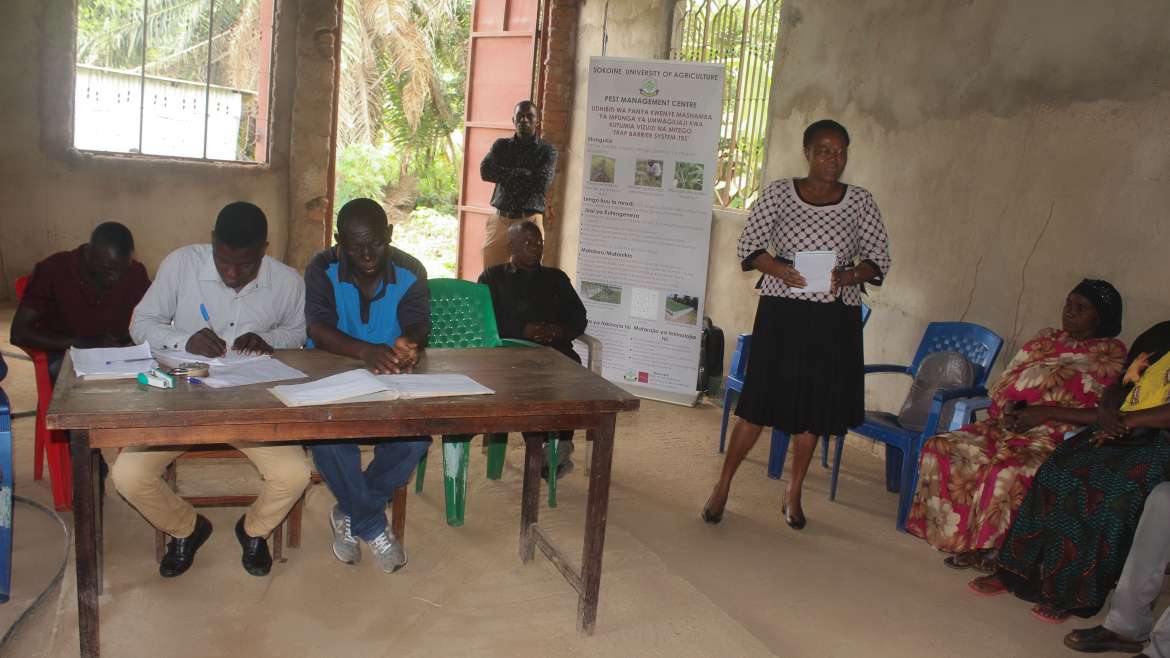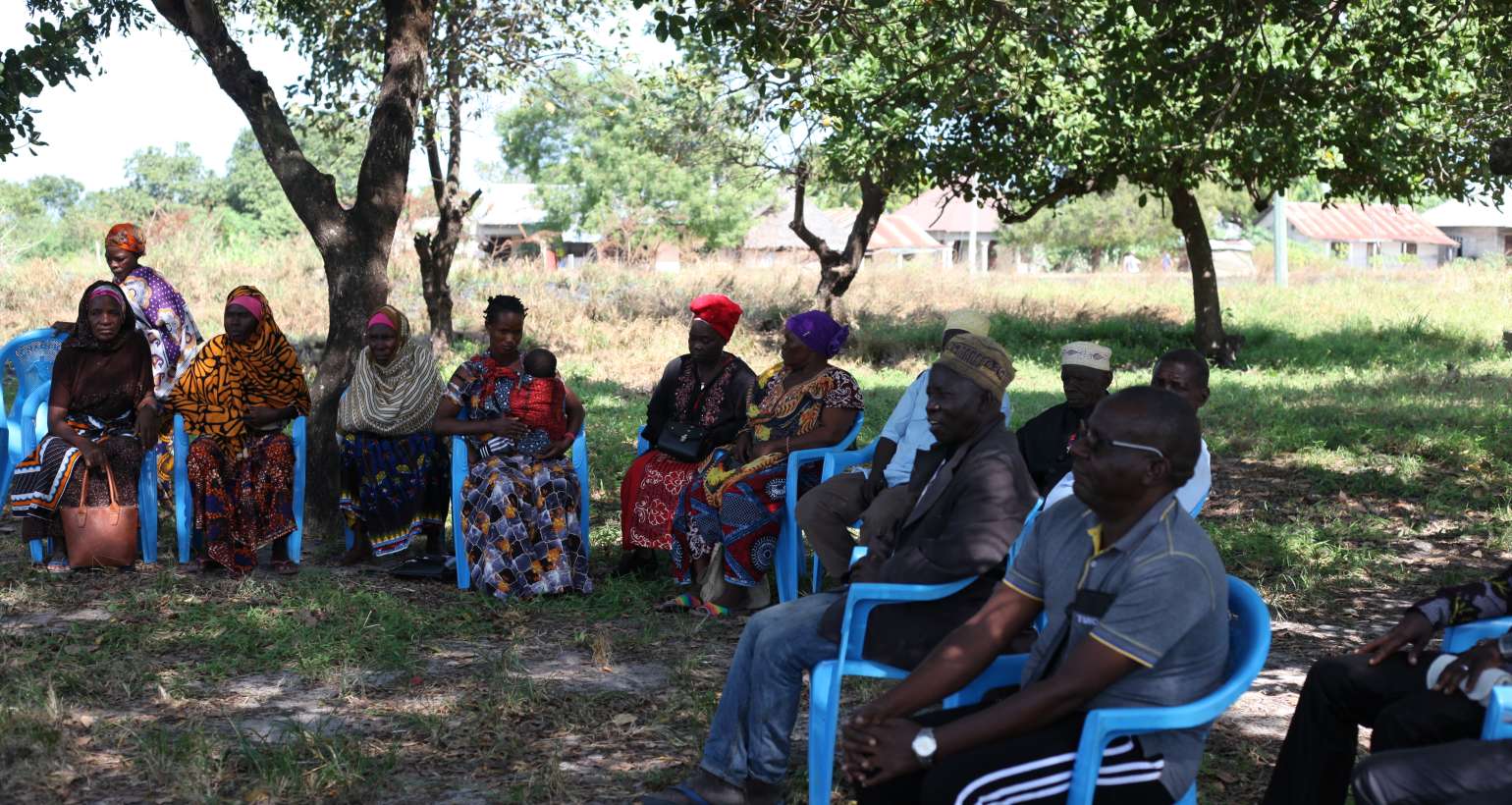A meeting with rice growing farmers was conducted in Mikula village, Kilombero district, Morogoro Region, Tanzania, to Introduce the Trap barrier system for rodent control in rice fields. The event was attended by more than 70 rice growing farmers, village leader and ward extension officer.
The aim of this research is to evaluate technology transfer prospects from Asia that have been developed for rodent pest management within sustainable agricultural intensification programmes

Like Asia Rice production is well-known to suffer from very high rodent damage in African countries where decades of research and investment have been carried out to limit the impact of rodents. Technology transfer is one way of rapidly changing agricultural systems, but it does need to be assessed under local conditions, particularly as the rodent species and behaviours are different, and rice cropping systems and cultural practices in Africa are unlike those in Asian systems.
How it works;
TBS has been researched and adopted by many rice growing communities throughout south-eastern Asia. As TBS works at the landscape level in irrigated rice schemes, it requires a certain level of coordination among farmers when individual household rice fields are small. TBS works by exploiting ecological principles and rodent behaviour and has been shown to be highly cost-beneficial and works without using any chemicals. The basic TBS method is to enclose a 20-50 m square with a plastic fence with an appropriate ‘lure’ crop. The ‘lure’ crop is an early-planted rice crop, established 2-3 weeks ahead of the surrounding crop. Entrances in the fence to the ‘lure’ crop are each defended by a multiple capture live-trap capable of holding a large number of rats. Because the lure crop actively draws rats from surrounding



